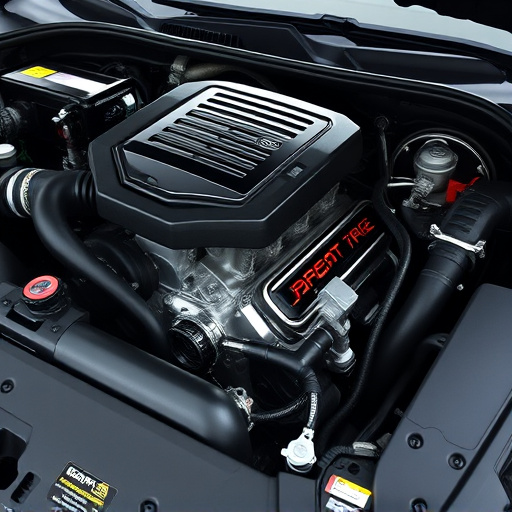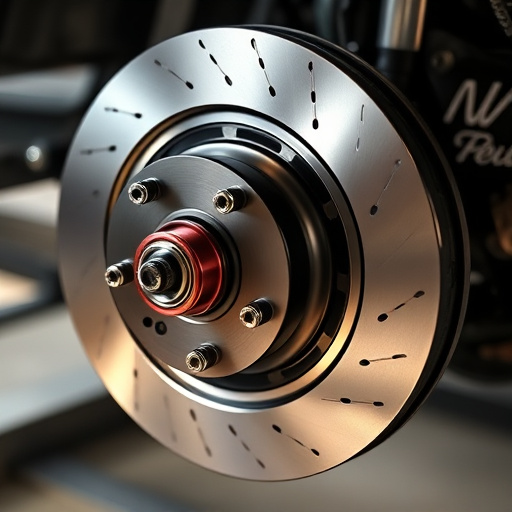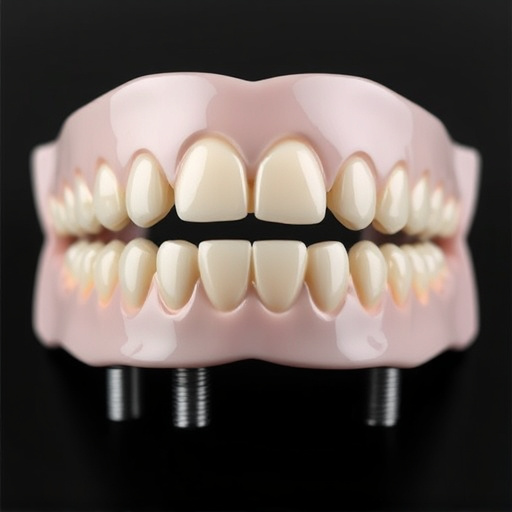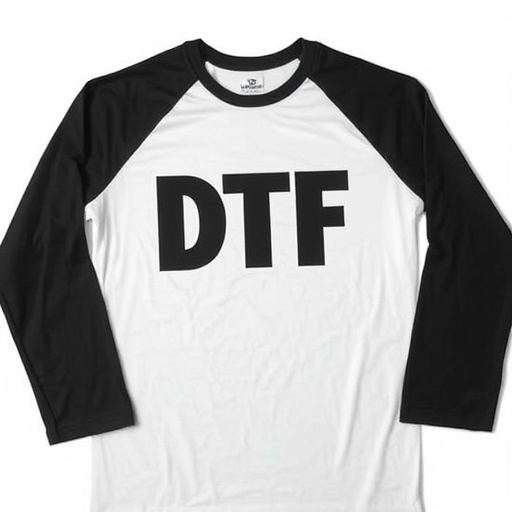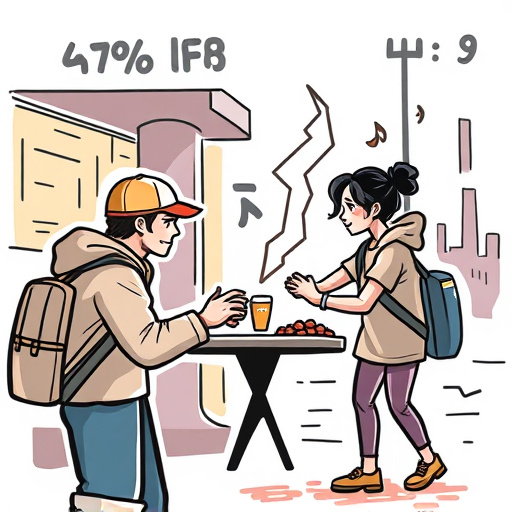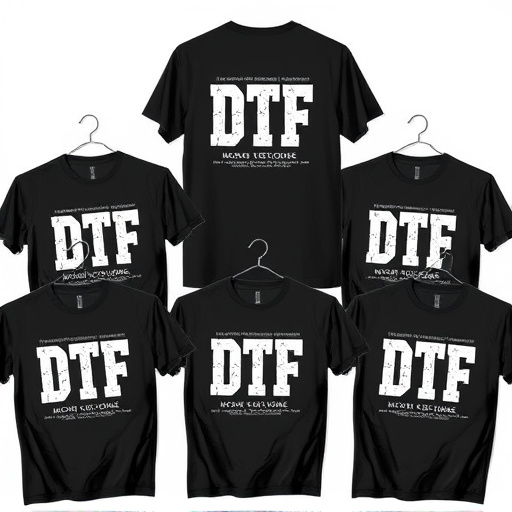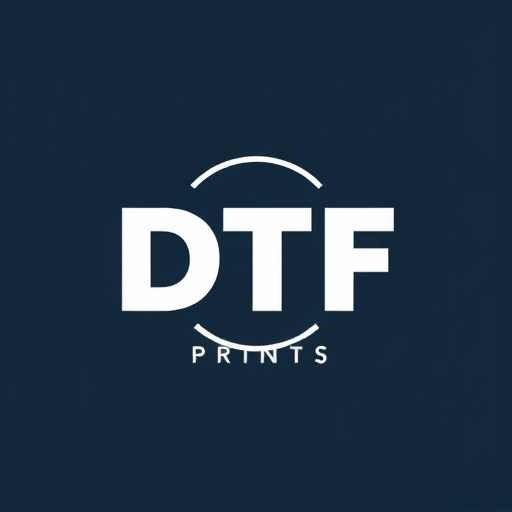DTF Printing Equipment, powered by RIP software and support tools, revolutionizes direct-to-film printing with enhanced color accuracy, cost savings, and quick turnaround times. Ideal for custom apparel, choosing the right setup ranges from basic software for small operations to advanced features like automated platen systems and color management solutions for larger enterprises.
“Unleash the power of direct-to-film (DTF) printing with our comprehensive guide. DTF printing equipment is transforming the industry, offering precise and efficient color printing on various materials. This article delves into the heart of this technology, exploring its benefits and how it differs from traditional methods. We break down the essential components, particularly the Role of RIP (Raster Image Processing) software and support tools, enhancing your printing experience. From understanding the basics to choosing the right setup, we’ve got you covered with expert insights.”
- Understanding DTF Printing Equipment: Basics and Benefits
- Key Components: RIP Software and Support Tools Explained
- Choosing and Implementing: A Comprehensive Guide for Users
Understanding DTF Printing Equipment: Basics and Benefits

DTF Printing Equipment, which includes a Rip software and support tools, forms the backbone of modern direct-to-film (DTF) printing processes. This technology allows for precise and high-quality application of designs onto various materials, from textiles to plastics. Understanding DTF Printing Equipment begins with grasping its basics: it’s a digital printing method that eliminates the need for traditional screen printing setups, making it faster and more versatile.
The benefits of using DTF Printing Equipment are numerous. It offers exceptional accuracy in color reproduction, enabling printers to achieve vibrant and detailed outcomes. Furthermore, DTF transfer sheets are easy to install and manage, streamlining the printing process. This efficiency not only reduces production time but also lowers costs, making it an attractive option for businesses looking to enhance their customization capabilities. In today’s market, where custom designs and quick turnaround times are increasingly sought after, DTF printers provide a competitive edge by enabling on-demand production of high-quality products.
Key Components: RIP Software and Support Tools Explained

When it comes to DTF Printing Equipment, two crucial components stand out: RIP Software and Support Tools. RIP (Raster Image Processing) Software is the brain behind the printing process, converting digital designs into a format that can be understood by the printer. This ensures accurate color reproduction and seamless integration of intricate details in final outputs, whether it’s for creating stunning DTF transfers or high-quality logos DFT for clothing brands.
Support Tools, on the other hand, offer a suite of functionalities designed to streamline the printing process. These tools include automated layout design, color management features, and prepress checks that help identify potential issues before printing. For instance, heat press users benefit from precise temperature control and pressure adjustments, enabling them to achieve professional-grade results consistently.
Choosing and Implementing: A Comprehensive Guide for Users

Choosing and implementing DTF (Direct-To-Film) printing equipment is a strategic move for businesses looking to elevate their custom apparel offerings, particularly when producing DTF transfer designs on items like hoodies. This comprehensive guide aids users in navigating this process effectively.
First, assess your production needs, including the volume of orders and the complexity of designs. For small-scale operations focusing on personalized dtf printing for hoodies, a basic setup with user-friendly software might suffice. However, larger enterprises may require advanced RIP (Raster Image Processing) software capable of handling high-speed printing and intricate patterns. Additionally, consider support tools like automated platen systems and color management solutions to streamline production, ensuring consistent quality across every print job.
DTF printing equipment, with its integral RIP software and support tools, offers a revolutionary approach to printing. By understanding the core components and implementing them effectively, users can unlock the full potential of this technology. Whether you’re a seasoned professional or just starting, choosing and navigating DTF printing requires careful consideration. Embrace the benefits and explore the comprehensive guide to make informed decisions, ensuring your printing journey is seamless and productive.

